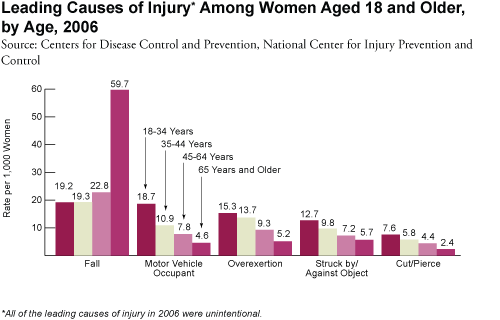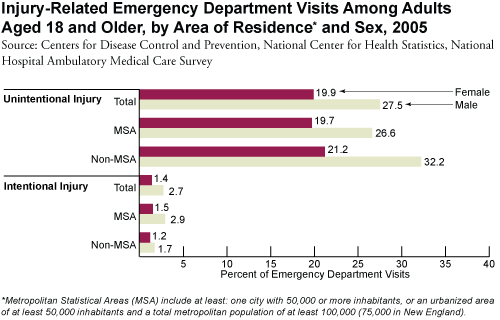The Chief Justice of the Family Court of Australia, Diana Bryant, has recently launched an extraordinary attack on Australia’s internationally regarded 2006 Family Law amendments, by writing to the Attorney-General and asking him to urgently repeal important provisions within the amendments.
According to Ash Patil, President of shared parenting group Fathers4Equality, “These provisions in the family law act were specifically implemented to reduce the epidemic of false allegations and parental alienation that permeate every corridor of the Family Law Courts, to the clear detriment of the innocent children caught in the cross-fire.
But Bryant wants them removed, and fails to explain how the innocent victims of maliciously false allegations would be protected without them.
James Adams adds, “What is more astonishing it seems is that unlike the parliamentary committee that recommended these laws in the first place, the Chief Justice has not consulted widely before making such an extraordinary intervention (in fact she has not consulted with any fathers’ groups at all).
Rightly or wrongly, Bryant will now be perceived to have compromised views on this issue, denying her the opportunity to have played a unifying force in the process of family law reform in this country, much like the wasted opportunities of her predecessor.”
The two provisions Bryant wants specifically removed include:
*the order of costs, at the Judge’s discretion, against a parent who has been proven to have “knowingly” made false allegation in Court,
and
*unspecified actions, at the Judges’s discretion, against a parent who has purposely alienated or deliberately maligned the children against the other parent.
The importance of these provisions Patil explains. ”These provisions have been specifically implemented to reduce the disturbingly common practices by some separated parents in making contrived and sinister allegations in Court against the other parent, and to otherwise engage in concerted efforts to destroy the relationship between the child and the other parent. This is done knowing full well the children will be irrevocably harmed in the process, both psychologically and emotionally.
Yet it goes on and will continue to go on given human nature, unless we have laws to help it stop.
“So these are ‘good’, modest provisions designed to stop misguided parents from misusing the system and abusing innocent children” were introduced only after extensive community consultation.
According to Adams “These provisions were agreed to by a bi-partisan parliamentary committee (both Labor and Libs/Nats) that went around Australia canvassing the views of all Australians for over two years.
Finally this committee was so appalled at the extent of institutional abuse in the Family Court that it recommended measures to protect innocent children and parents who were victims of contrived allegations and parental alienation by spiteful ex-partners.
” But Bryant wants to override the will of the Australian people and the will of Parliament, and to completely remove all disincentives against lying in the Family Court.
Really soft penalty for a very serious crime.
Patil, who claims that many F4E members are subjected to false allegations, states that “Proving that someone has ‘knowingly’ made false allegations rather than ‘mistakenly’ or ‘recklessly’ is quite a tall order. The standard of proof in these matters is a very tough hurdle to pass, and as a result ‘knowingly false’ allegations have only been proven in a relatively few cases in recent years.
If they are proved, they may result in a costs order, although this has been rarely applied in children’s matters by the judiciary. “Now given that perjury in any other Australian court may result in 10 years or more jail time, one must be mindful of the fact that this is a really soft penalty for a very serious crime.
It is a provision however that can work as a disincentive, albeit a modest one, in dissuading many parents from lying in the Family Court in the first place.” So these are “good”, modest provisions designed as a disincentive to those misguided parents who may in a moment of weakness be tempted to make contrived allegations in Court.
Measured responses to issues of concern Patil and Adams are frustrated by the logic used by the Chief Justice, and Patil adds that “Bryant justifies the need for these changes by suggesting that some people have misunderstood these provisions.
Even if this is true, her suggested fix is a remarkable over-reaction to an issue that could be addressed through a number of simple measures.” “Given that most parents in family law proceedings are either represented by lawyers, have visited a family relationship centre or have sought government funded legal services, a simple review could identify the cause of this misinformation from within these service providers, and provide an opportunity for corrective measures to be implemented.”
Adams wonders why the Chief Justice needs to throw the baby out with the bathwater, and opines that “a request to the Attorney General to implement an educational campaign to educate parents about these provisions would go a long way in addressing any existing misconceptions, and would be a more measured and effective approach to the issue at hand.”
Adams continues “Given the unprecedented nature of these family law amendments, what is required are sensible, well-measured & ultimately timely approaches to these issues, in order to allow for proper outcomes based research to develop. Anything less than this would put at risk the very wellbeing of those we are trying to protect.”
Broader consultations as a first step Fathers4Equality would like to encourage the Chief Justice to put some thought into what checks and measures she would alternatively suggest be implemented, if the current provisions are removed, to protect children from the devastating damage resulting from alienation and perjury in Court.
Given that lying in the Family Court and parental alienation are forms of child abuse, we stress the importance of carefully considering the implications to the welfare of children if these safeguards are removed.
Secondly and in reference to a recent campaign that has promoted a less than accurate reflection of these new laws, we would ask the Chief Justice to consider making a public statement to the effect, as is the case, that no evidence exists of any escalation of child abuse as a result of the new amendments.
This would be an important statement from the Chief Justice in the interests of an informed community discussion on this matter, and would help ensure that the debate is discussed in terms of facts, not innuendo.
Finally, we would like to draw attention to the increasingly under-resourced and overworked child protection authorities in this country, and the fact that too many cases of genuine abuse are not thoroughly investigated, in part because of the level of false allegations emanating from the Family Court.
It must be recognised that for every hour that a child protection officer is investigating a false allegation, it is one hour less protection that can be given to a child in genuine need, and this is a cost that the children of Australia simply cannot afford. Fathers4Equality would be open to discussing these important issues further with the Chief Justice, if she is willing to accept our invitation.





